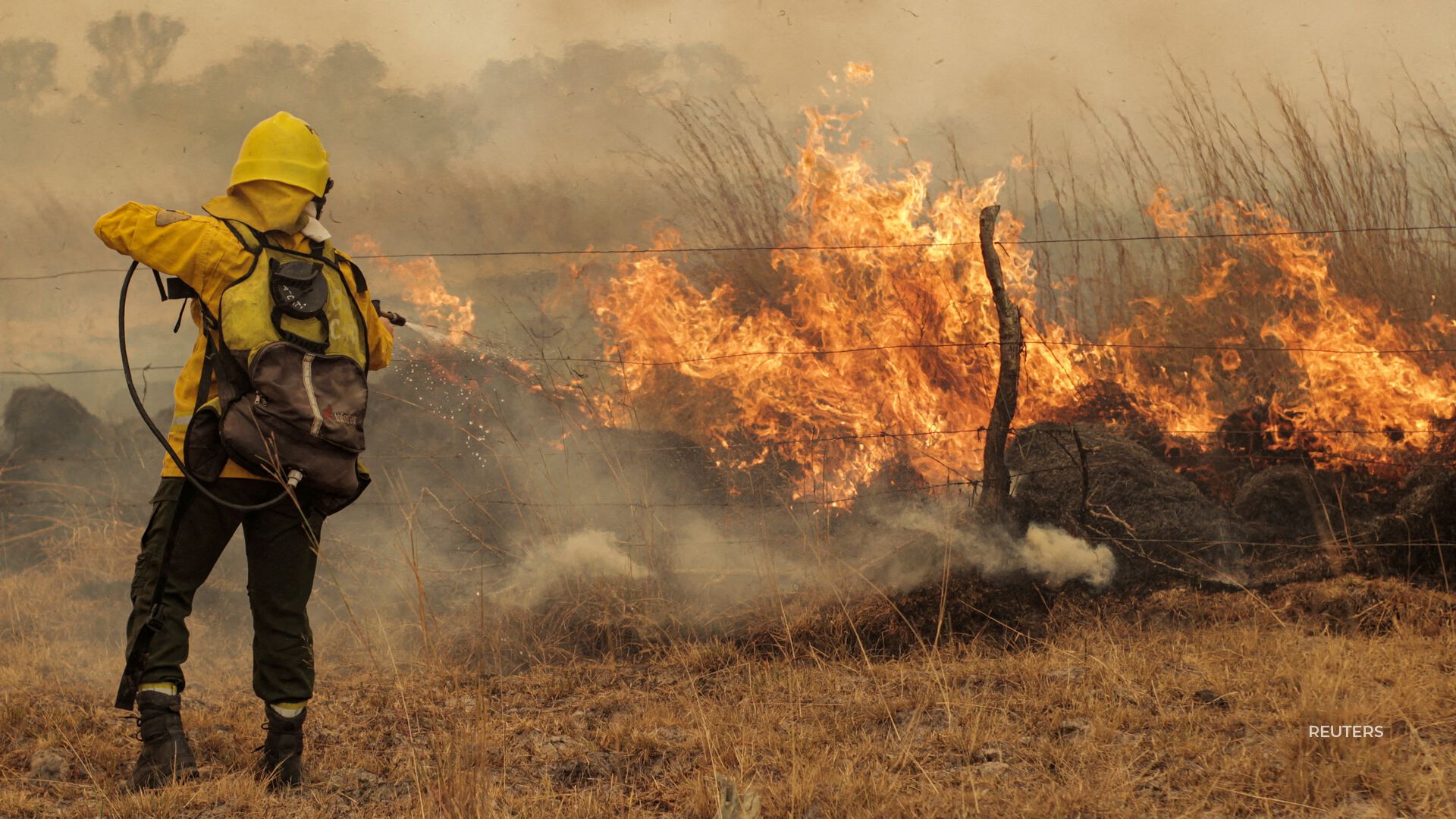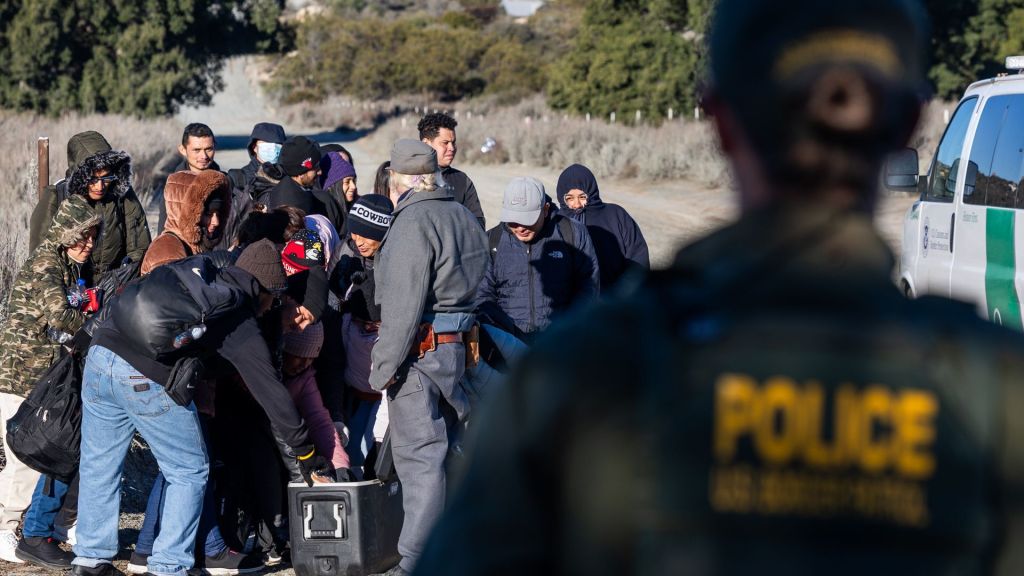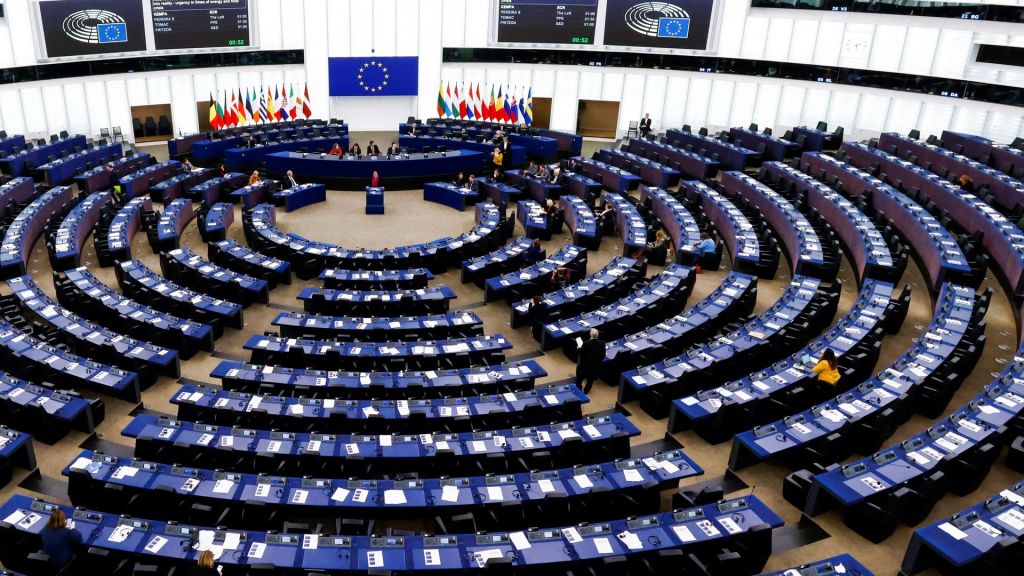
Andrew Sullivan, with the Commonwealth Scientific and Industrial Research Organisation in Australia, co-author of report: “The definition of a catastrophic fire would be one that would occur once very hundred years. So it is a very low frequency fire event and the result was that the potential for that sort of fire would increase by a factor of 1.3 to 1.5 times. That’s based on global analysis of fire frequency so it is not regional in any sense, and you can’t determine where that change in fire likelihood is likely to occur.”
“The implication is that extreme events are increasing by that much, the less extreme events are likely to be increasing by as much as well, so it is basically a continuing relationship from the very common fire to the very rare fires.”
Dr. Glynis Humphrey, Plant Conservation Unit, University of Cape Town, Contributing author: “I think the report offers a very balanced approach to fire management. There has been a lot of focus on fire suppression and fire prevention for decades and I think we are at a turning point where this report actually explains a lot of the science and the need and how valuable fire is for ecosystems and for people. So I think the findings of the report, even though it is focussed on extreme wildfire events, I think gives a very nuanced perspective.”






